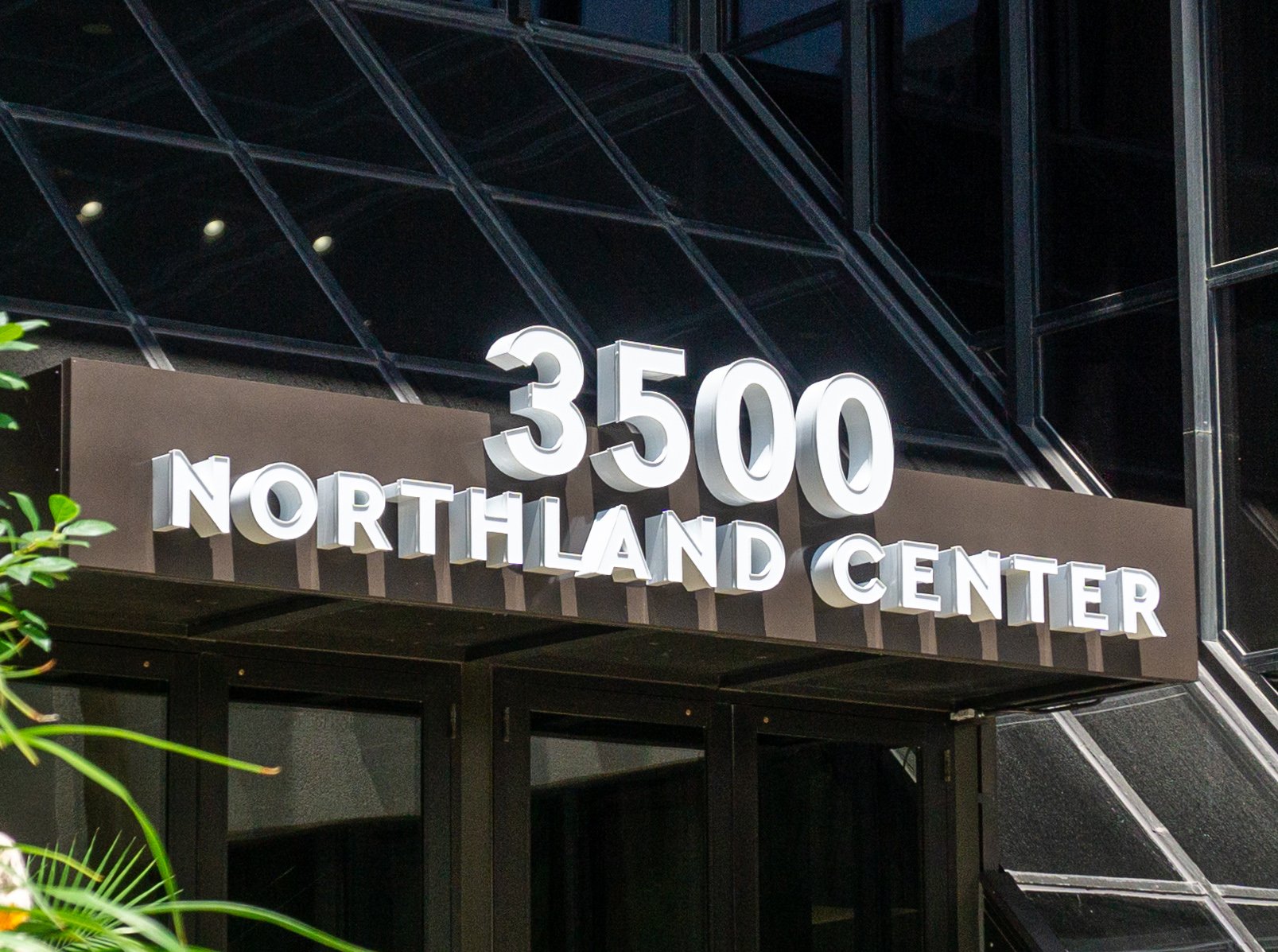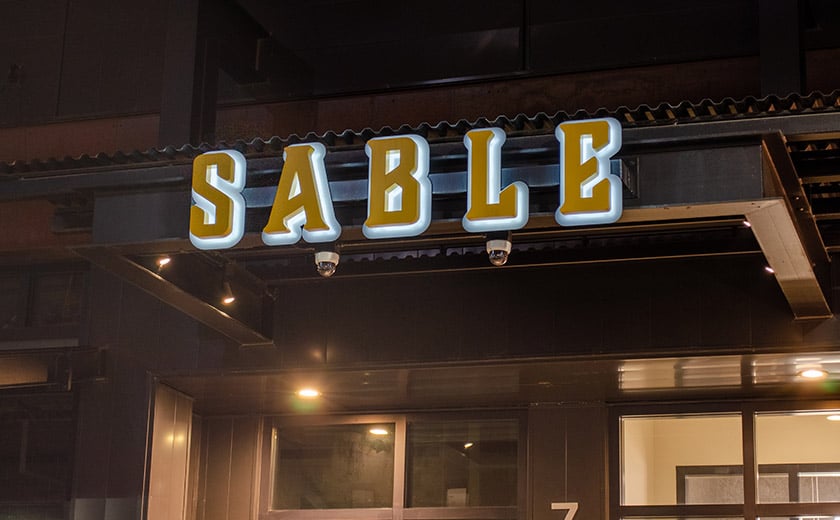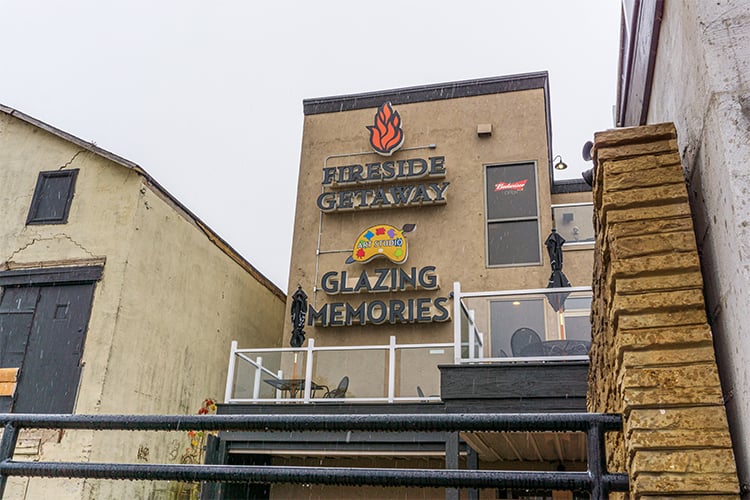Channel Letter Signage 101: What You Need to Know
Topics: Education, LED Signs, Sign Information
Channel letter signage is a great way to capture the attention of clients and new business by providing a fresh and stylish impression of your brand identity. Here’s what you need to know when choosing the best option for your signage.
What Is A Channel Letter Sign?
A channel letter sign is created with depth to give a 3-dimensional look to the sign. Each number, letter or character is created using a 3-step process (back, return, face), and when pieced together creates a 3-dimensional sign.
The Back
The back of the channel letter is created using a flat sheet of metal, usually aluminum, in a variety of thicknesses. Using a router, the sheet of metal is cut out into the shape of the letter which creates the back of the letter.
The Return
Next the sides, called returns, are bent to match the shape of the back using computer-driven bending and shaping machines. The returns can range from 3 to 8 inches deep to add dimension to the sign, and leave room for LED lighting, if desired. The return is attached to the back and creates the enclosed channel that this type of signage is named for. The insides of the returns are painted white to help maximize the LED illumination.

The Face
The third step is to create the face of the sign. This is usually created out of acrylic and attached to the return with trim cap. You can also choose to not have a face and leave the channel letter open. This is sometimes done to create a special effect such as creating a neon look with LED tube lighting. This completes the channel letter.
Design Options
Because they are custom made and highly flexible, channel letter signs are available in an array of materials, colors, fonts, and sizes. The aluminum sheeting can be painted in standard colors or customized with brand-specific shades or Pantone Matching System.
Three Types of Illuminated Channel Letter Signs
Illuminated signs are lit using LED lights that are energy efficient. Our LED signs use concealed illumination built to your specifications, so you don't need to compromise on perfecting your signage branding strategy. You have three types to choose from.
Face-Illuminated or Front-Lit Channel Letters
The most common type of channel signage is the front-lit or face-illuminated channel letter signs. The face is built of translucent acrylic which allows the light to shine through making the front of the sign light up. The acrylic face can be made out of a variety of colors. Front-lit signs are easy to read and offer great visibility at night and over long distances.
Back-lit, Reverse or Halo Channel Letters
Known by several names — backlit, reverse or halo channels — this type of lighting makes the sign appear to float off the wall. With this kind of sign, the face and returns are made of aluminum and the back of the sign is covered with a translucent or clear acrylic. This allows the light to come out of the backside of the sign. During installation, spacers are used to put space between the wall and the sign allowing the light to create a “halo effect” that surrounds the shape of the sign. Learn more about halo illuminated channel letter signs.

Front/Back Lit or Combination-Lit Channel Letters
A Front/Back Lit or Combination-Lit channel letter sign allows light to shine through both the face and back of the sign. This allows you the option to choose one color for the face and a different color for the back. This contrast of colors can make a statement or might be needed to make your sign more readable at night. For example, blue colors work well during the day, but can be hard to read at night. Adding white halo illumination coming out of the back, makes the sign visible at night.
Mounting Options
There are three main mounting options, including raceway mounts, direct or flush mounts, and backer mounts.
Raceway Mount
A raceway mount is a rectangular metal box that runs the length of the back of the sign and houses the power supply and electrical wiring. The raceway is meant to be invisible so that it doesn’t detract from the sign. It isn’t very tall and is often painted to match the building facade so that it blends into the background. Raceways require the least amount of holes to be drilled into the facade which reduces its structural impact. Because of this, they tend to be popular with landlords and property managers.

Backer Mount
Similar to a raceway mount, a backer mount features a flat panel or metal cabinet onto which the channel letter sign is mounted. With this mount, the backer panel is intended to be seen and acts like a frame. It is an integral part of the design and can have custom designed shapes and colors. The electrical and power supply can be housed in the panel or behind the building's facade.
Direct Mount or Flush Mount
With a flush or direct mount, each individual letter of the sign is attached directly to the building’s facade which requires about 3 - 5 holes per letter. The power supply and electrical components are hidden behind the facade and wiring is pulled through the holes and attached to the sign. A direct mount provides a sleeker look. This option is popular with reverse channel letters, where direct mounting with standoff spacers achieves the unique lighting effect.
Thinking about a channel letter sign? Let Spectrum Signs help you. We have lots of experience in channel letter signage. Call us at 763-432-7447 to discuss your sign project and we’ll review the options and help you pick the best one for your project. Talk to an expert today.
 "http://cdn2.hubspot.net/hubfs/545157/assets/images/patrick-woller-spectrum-signs-square.jpg"
"http://cdn2.hubspot.net/hubfs/545157/assets/images/patrick-woller-spectrum-signs-square.jpg"
Patrick Woller
Patrick is a Graphic Designer at Spectrum Signs, a custom business sign maker in Blaine, MN. After a call from his college placement office, Patrick joined the Spectrum Signs team in 2010. Patrick finds enjoyment in the unique challenges his job gives him through the use of out of the ordinary materials. When Patrick isn’t designing signs, he enjoys spending time with his wife and daughter, hiking with his dog Willis, and getting out on the golf course.


